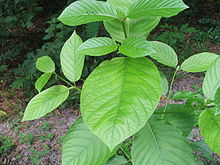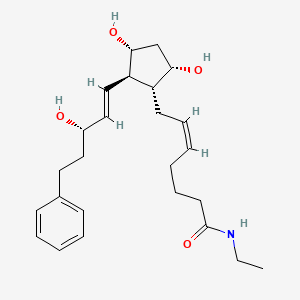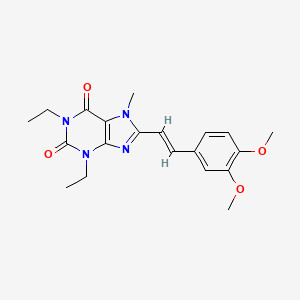NS Pharma, Inc. announced the U.S. Food & Drug Administration (FDA) has approved Viltepso (viltolarsen) injection for patients with Duchenne muscular dystrophy (DMD) who are amenable to exon 53 skipping therapy. Viltepso received an Accelerated Approval by the FDA based on an increase in dystrophin, a key protein for supporting muscle health. Since a lack of dystrophin is the underlying cause of DMD, increasing dystrophin as much and as early as possible is a key goal in the treatment of DMD. Viltepso is the first and only exon 53 skipping therapy to demonstrate an increase in dystrophin in children as young as four years old. The continued approval of Viltepso may be contingent on confirmation of a clinical benefit in a Phase 3 confirmatory trial.
DMD is caused by genetic mutations that prevent dystrophin production. Patients with DMD experience progressive and irreversible muscle loss with symptoms appearing as early as two years of age. Cardiac and respiratory muscle problems begin in the teenage years and lead to serious, life-threatening complications.
The Viltepso New Drug Application (NDA) submission included results from a Phase 2, two-period study in patients aged four to less than 10 years of age conducted in North America (Study 1, N=16) and a multicenter, open-label study in boys five to less than 18 years of age conducted in Japan (Study 2, N=16).
In Study 1, of those patients who received the recommended dose of 80 mg/kg/wk (N=8), 100% of patients (8/8) showed an increase in dystrophin levels after treatment with Viltepso and 88% of patients (7/8) showed dystrophin levels of 3% or greater than normal. Overall, after 20-24 weeks of treatment a mean increase in dystrophin expression to nearly 6% of normal was observed with Viltepso (80 mg/kg/wk) versus 0.6% at baseline.
The most common side effects of Viltepso included upper respiratory tract infection, injection site reaction, cough and fever.
"For decades, neurologists who treat DMD have hoped for the discovery of therapies capable of significantly improving dystrophin production, and the magnitude of dystrophin increases observed with Viltepso are impressive," said study investigator Vamshi Rao, MD, Ann & Robert H. Lurie Children's Hospital of Chicago. "The approval of Viltepso is an exciting development for DMD patients amenable to exon 53 skipping therapy and may rapidly become a foundational treatment for these patients."
Patients receiving treatment with Viltepso have the option and flexibility to receive infusions at their home or at a hospital or treatment center. Viltepso is administered by a trained healthcare professional as an 80 mg per kg of body weight 60-minute weekly intravenous infusion.
NS Pharma will provide families, physicians and healthcare professionals dedicated and individualized resources every step of the way through the NS Support program. NS Pharma will be hosting a series of webinars on the comprehensive care coordination available through NS Support. Follow us on LinkedIn and Twitter for information and registration for upcoming webinars.
"On behalf of NS Pharma and Nippon Shinyaku, I would like to express our deepest gratitude to the families and physicians who participated in our clinical trials and made today's approval possible," said Tsugio Tanaka, President, NS Pharma, Inc. "We are proud to now offer an important new treatment option to help address the significant unmet needs caused by this devastating disease."















